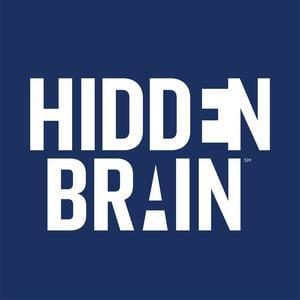
In this episode of “The Philosopher’s Zone,” Taylor J. McAllister explores the legal definition of Aboriginality in Australia and its impact on the community. By delving into the philosophical aspects of race and identity, McAllister highlights the complex issues surrounding Aboriginality and the colonialist mindset that underlies its definition.
Australia has a three-pronged definition of Aboriginality, but the descent test is the most essential criterion. However, this test is limited and relies on outdated concepts of biological race. The definition introduced in the Aboriginal Land Rights Act of 1983 aims to justify the settler colonial state by defining Aboriginal people for accessing services. This narrow definition can cause real harm within the Aboriginal community.
Colonial epistemologies, which limit inclusion and exclusion, contribute to the harms experienced by the Aboriginal community. Denying self-determination to Aboriginal and Torres Strait Islander people leads to the internalization of concepts of biological race and racialization. Genuine self-determination would involve an Aboriginal and Torres Strait Islander-led definition and construction of Aboriginality, challenging the colonial mindset.
The notion of biological race is deeply embedded in Australia’s legal systems and society, making it challenging to avoid relying on it when defining Aboriginality. Judges often refer to proxies for biological race, such as physical markers or blood quantum, which constrains their ability to conceptualize other ways of knowing and being. Lateral violence within indigenous communities further complicates the definition of Aboriginality, as it involves questioning someone’s authenticity based on the descent test.
The legal definition of Aboriginality in Australia is a complex issue that reflects the colonialist mindset and its impact on the Aboriginal community. By critically examining the philosophical aspects of race and identity, we can better understand the limitations and harms caused by the current definition. It is crucial to challenge and redefine the concept of Aboriginality to ensure genuine self-determination and inclusivity for Aboriginal and Torres Strait Islander people.